Home>Kitchen & Cooking>Kitchen Gadgets & Utensils>How To Get Rid Of Mold In Tea Kettle
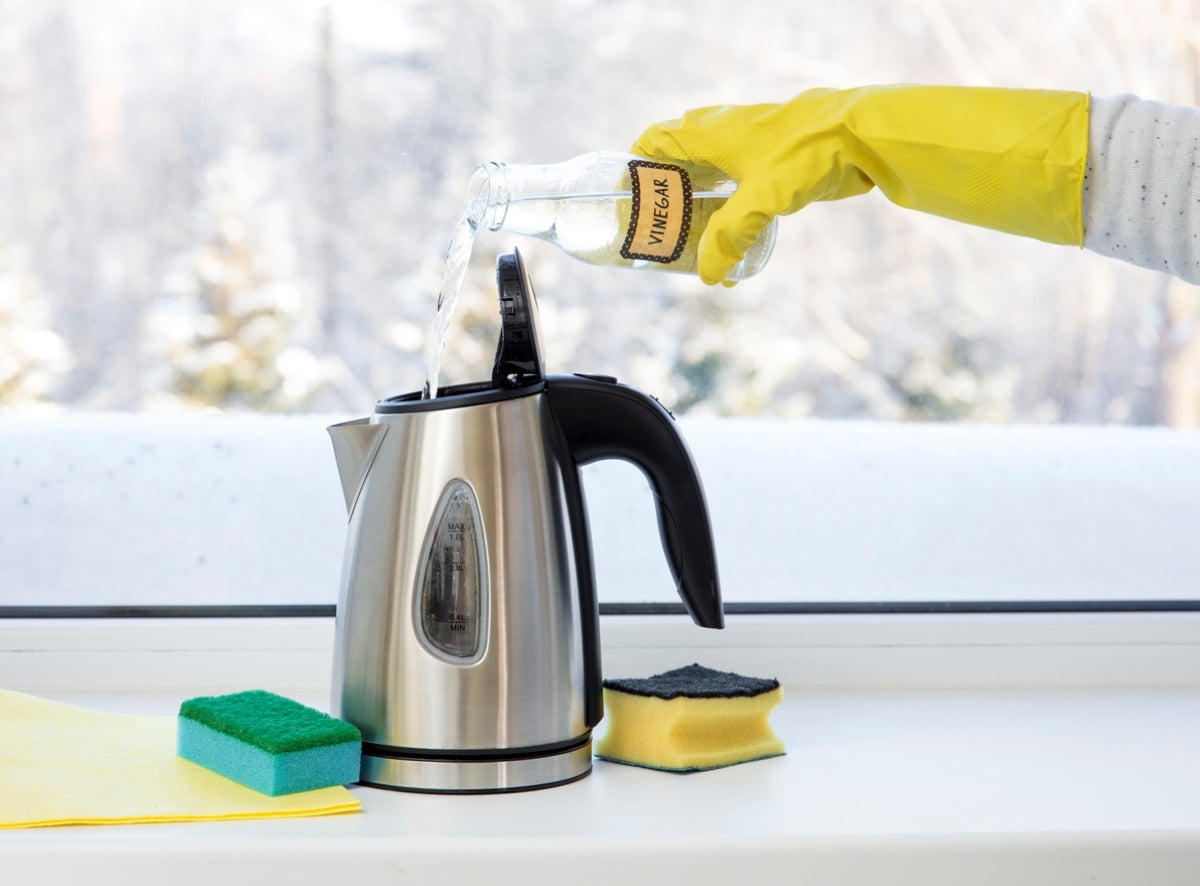

Kitchen Gadgets & Utensils
How To Get Rid Of Mold In Tea Kettle
Modified: September 2, 2024
Learn how to effectively remove mold from your tea kettle with simple kitchen gadgets and utensils. Say goodbye to mold and enjoy a clean and safe tea brewing experience.
(Many of the links in this article redirect to a specific reviewed product. Your purchase of these products through affiliate links helps to generate commission for Storables.com, at no extra cost. Learn more)
Introduction
Welcome to the world of tea enthusiasts, where the ritual of brewing a perfect cup of tea is a cherished daily routine. However, amidst the joy of savoring a steaming cup of tea, there is a common nemesis that often lurks within the confines of our beloved tea kettles – mold. The presence of mold in a tea kettle is not only unsightly but also poses potential health risks. Fear not, for in this comprehensive guide, we will delve into the art of banishing mold from your tea kettle, ensuring that your next cup of tea is not only delicious but also mold-free.
Tea kettles, often the unsung heroes of the kitchen, are subjected to constant exposure to moisture and heat, creating an ideal environment for mold to thrive. Whether it’s a traditional stovetop kettle or an electric one, the battle against mold is a universal challenge for tea enthusiasts everywhere.
As we embark on this journey to reclaim the pristine condition of our beloved tea kettles, we will explore the most effective methods to eradicate mold and prevent its unwelcome return. From cleaning the exterior to tackling the stubborn mold within, we will equip you with the knowledge and tools necessary to restore your tea kettle to its former glory.
So, grab your favorite tea blend, and let’s embark on a quest to bid farewell to mold and embrace the pure, unadulterated joy of a perfectly brewed cup of tea.
Key Takeaways:
- Say goodbye to mold in your tea kettle by using vinegar to clean the exterior and interior. Prevent future mold growth by thoroughly drying the kettle and incorporating regular cleaning into your routine.
- Keep your tea kettle mold-free by using vinegar to clean and prevent mold growth. Thoroughly dry the kettle after each use and store it in a well-ventilated area to maintain its pristine condition.
Read more: How To Make Tea With A Tea Kettle
Understanding the Problem: Mold in Tea Kettle
Before we embark on the journey to eliminate mold from your tea kettle, it’s crucial to understand the nature of the problem. Mold, a type of fungus, thrives in damp and warm environments, making the interior of a tea kettle an inviting haven for its growth. The presence of mold not only taints the flavor and aroma of your tea but also raises concerns about potential health hazards.
When left unchecked, mold can spread and develop into unsightly patches within the kettle, compromising its hygiene and functionality. The porous nature of some kettle materials can exacerbate this issue, as mold spores may embed themselves in microscopic crevices, making complete eradication a challenging task.
Moreover, the exterior of the tea kettle is not immune to mold infestation. Residual water droplets and moisture can create an environment conducive to mold growth on the outer surfaces, detracting from the kettle’s aesthetic appeal and presenting an additional cleaning challenge.
Recognizing the signs of mold infestation is crucial. If you notice a musty odor emanating from the kettle, or observe discolored patches on the interior or exterior surfaces, it’s likely that mold has taken residence within. It’s essential to address this issue promptly to prevent further proliferation and ensure that your tea kettle remains a safe vessel for preparing your favorite beverages.
As we proceed, we will explore a systematic approach to tackle mold in both the interior and exterior of the tea kettle, restoring it to a pristine state. By understanding the nuances of mold infestation and its implications, you will be better equipped to combat this common kitchen conundrum effectively.
Step 1: Cleaning the Exterior
Before addressing the mold within the tea kettle, it’s essential to start with the exterior. The exterior of the kettle is often overlooked, yet it is equally susceptible to mold growth, particularly in areas where moisture tends to accumulate. Here’s a step-by-step guide to effectively clean the exterior of your tea kettle:
- Vinegar Solution: Create a solution using equal parts of water and white vinegar. Dampen a clean cloth or sponge with this solution and gently wipe the exterior surfaces of the kettle. Vinegar’s acidic properties make it an effective mold deterrent while also dissolving any mineral deposits or grime.
- Focused Attention: Pay close attention to areas where the handle meets the body of the kettle, as well as the spout and lid. These are common hotspots for mold growth due to trapped moisture. Thoroughly clean these areas to ensure no mold spores remain.
- Rinse and Dry: After wiping the exterior with the vinegar solution, rinse the surfaces with clean water to remove any residual vinegar. Use a dry cloth to thoroughly dry the exterior, ensuring that no moisture is left behind.
- Preventive Measures: To deter future mold growth, make it a habit to wipe the exterior of the kettle dry after each use. Proper ventilation in the storage area can also help prevent moisture buildup on the kettle’s surface.
By diligently following these steps, you can effectively eliminate mold from the exterior of your tea kettle, restoring its visual appeal and ensuring a hygienic brewing experience. With the exterior now pristine, it’s time to turn our attention to the more challenging task of addressing mold within the kettle.
To get rid of mold in a tea kettle, mix equal parts water and white vinegar, then boil the solution in the kettle. Let it sit for a few hours, then scrub with a brush and rinse thoroughly.
Step 2: Removing Mold from Inside the Kettle
Addressing mold within the interior of a tea kettle requires a meticulous approach to ensure thorough eradication. Here’s a comprehensive guide to effectively remove mold from inside the kettle:
- Vinegar and Water Solution: Begin by creating a solution of equal parts water and white vinegar. Fill the kettle with this solution, ensuring that the affected areas are fully submerged.
- Boiling the Solution: Place the kettle on the stove and bring the vinegar and water solution to a boil. Allow it to boil for 10-15 minutes to harness the natural mold-fighting properties of vinegar and the heat to loosen any stubborn mold deposits.
- Cooling and Soaking: After boiling, allow the solution to cool within the kettle. Let it soak for an additional 15-20 minutes to further loosen the mold and mineral deposits.
- Scrubbing and Rinsing: Using a long-handled brush or sponge, scrub the interior surfaces of the kettle thoroughly. Focus on areas where mold is present, applying gentle yet firm pressure to dislodge any remaining mold. Rinse the kettle with clean water to remove all traces of the vinegar solution.
- Drying and Ventilation: Once the kettle is free of mold and vinegar residue, ensure that it is thoroughly dried. Leave the lid off and allow the kettle to air dry completely in a well-ventilated area to prevent any residual moisture that could lead to future mold growth.
By following these steps diligently, you can effectively banish mold from the interior of your tea kettle, ensuring that it is once again a safe and hygienic vessel for brewing your favorite teas.
Step 3: Preventing Future Mold Growth
Having successfully eliminated mold from your tea kettle, it’s imperative to implement preventive measures to thwart its return. Here’s a proactive approach to prevent future mold growth and maintain the pristine condition of your kettle:
- Thorough Drying: After each use, ensure that the interior and exterior of the kettle are thoroughly dried. Leaving the lid off and allowing the kettle to air dry completely helps prevent moisture accumulation, a key factor in mold growth.
- Regular Cleaning: Incorporate regular cleaning into your kitchen routine. Wipe the exterior of the kettle dry after each use and periodically clean the interior with a mild dish soap and warm water to remove any residual tea stains or mineral deposits that can foster mold growth.
- Ventilation: Store the kettle in a well-ventilated area. Proper air circulation inhibits the buildup of moisture, reducing the likelihood of mold formation on the exterior surfaces.
- Desiccants: Consider placing a moisture-absorbing desiccant pack inside the kettle when it’s not in use. These packs help to absorb any residual moisture, further minimizing the risk of mold development.
- Periodic Vinegar Treatment: To maintain the interior of the kettle, periodically treat it with a vinegar and water solution to deter mold growth and dissolve any mineral deposits. Boil the solution as previously described and thoroughly rinse and dry the kettle afterward.
By incorporating these preventive measures into your tea kettle maintenance routine, you can effectively safeguard against future mold infestations, ensuring that your kettle remains a reliable and hygienic companion for your daily tea brewing rituals.
Read more: How To Get Rid Of Mold On Brick
Conclusion
Congratulations on embarking on the journey to rid your tea kettle of mold and restore it to its pristine state. By understanding the nature of mold infestation, diligently cleaning the exterior and interior, and implementing preventive measures, you have taken proactive steps to ensure that your tea kettle remains a safe and hygienic vessel for brewing delightful cups of tea.
It’s essential to recognize that mold growth in tea kettles is a common issue, particularly in environments where moisture and warmth prevail. However, armed with the knowledge and techniques shared in this guide, you are well-equipped to combat mold infestations effectively.
As you savor the next cup of tea brewed in your revitalized kettle, take pride in the care and attention you have devoted to maintaining its cleanliness. The absence of mold not only enhances the aesthetic appeal of the kettle but also preserves the integrity of your favorite tea blends, allowing their flavors to shine without any unwanted influences.
Remember, the key to preventing mold growth lies in regular maintenance, thorough drying, and proactive measures to deter moisture accumulation. By incorporating these practices into your tea kettle care routine, you can enjoy the simple pleasure of a perfectly brewed cup of tea without the looming threat of mold.
So, raise your freshly brewed cup, inhale the fragrant steam, and revel in the knowledge that your tea kettle is now a mold-free haven for your cherished tea rituals. Here’s to many delightful tea moments in the company of your revitalized, mold-free tea kettle!
Frequently Asked Questions about How To Get Rid Of Mold In Tea Kettle
Was this page helpful?
At Storables.com, we guarantee accurate and reliable information. Our content, validated by Expert Board Contributors, is crafted following stringent Editorial Policies. We're committed to providing you with well-researched, expert-backed insights for all your informational needs.
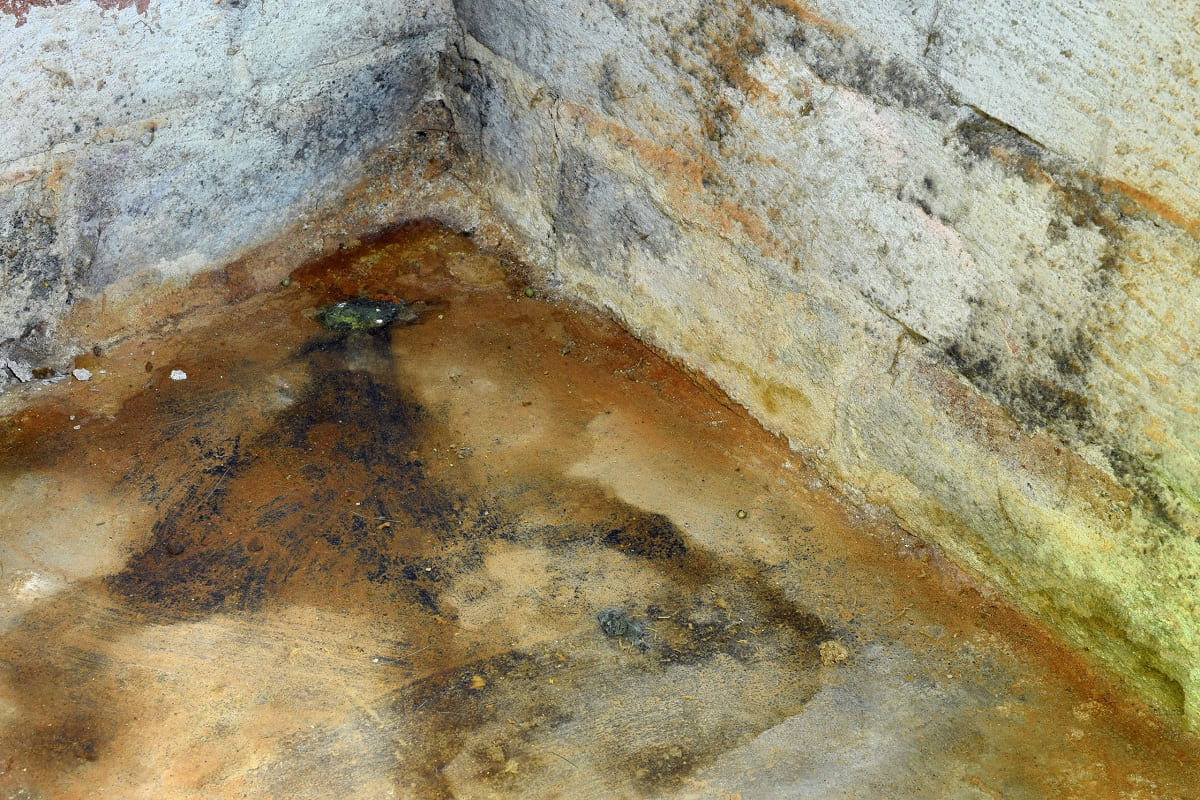
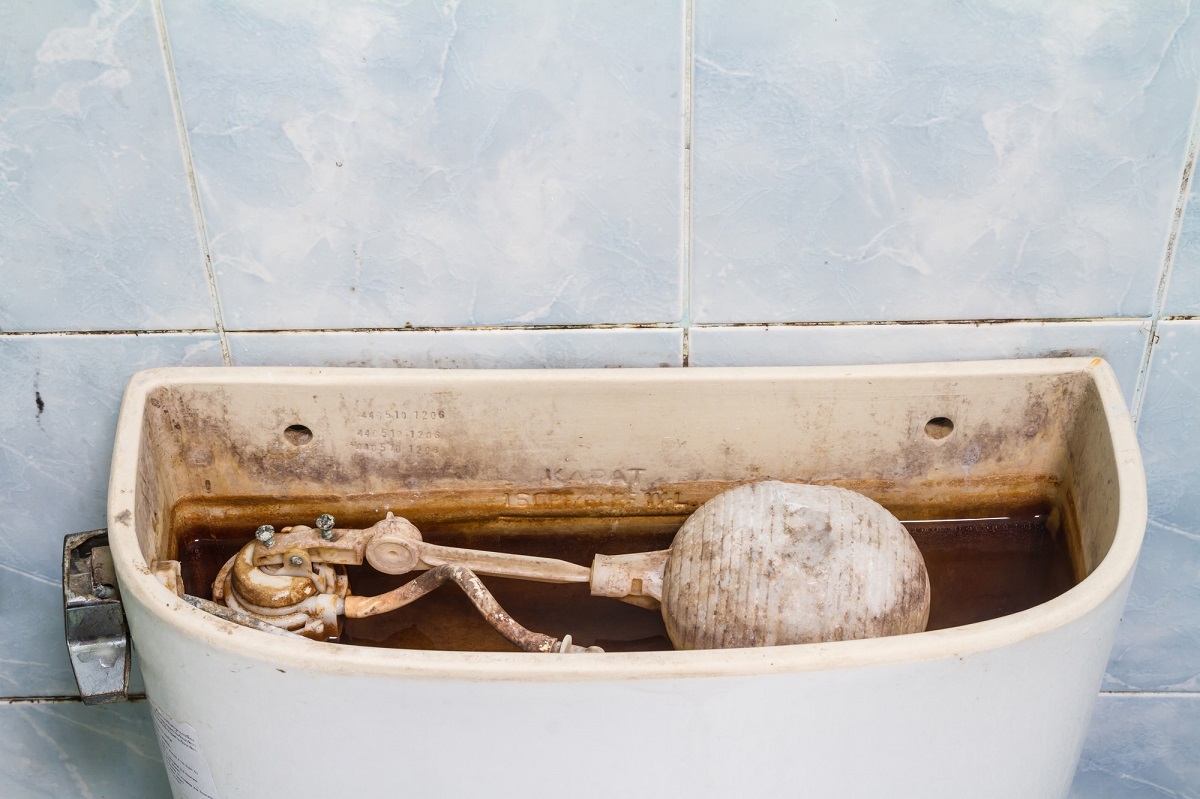

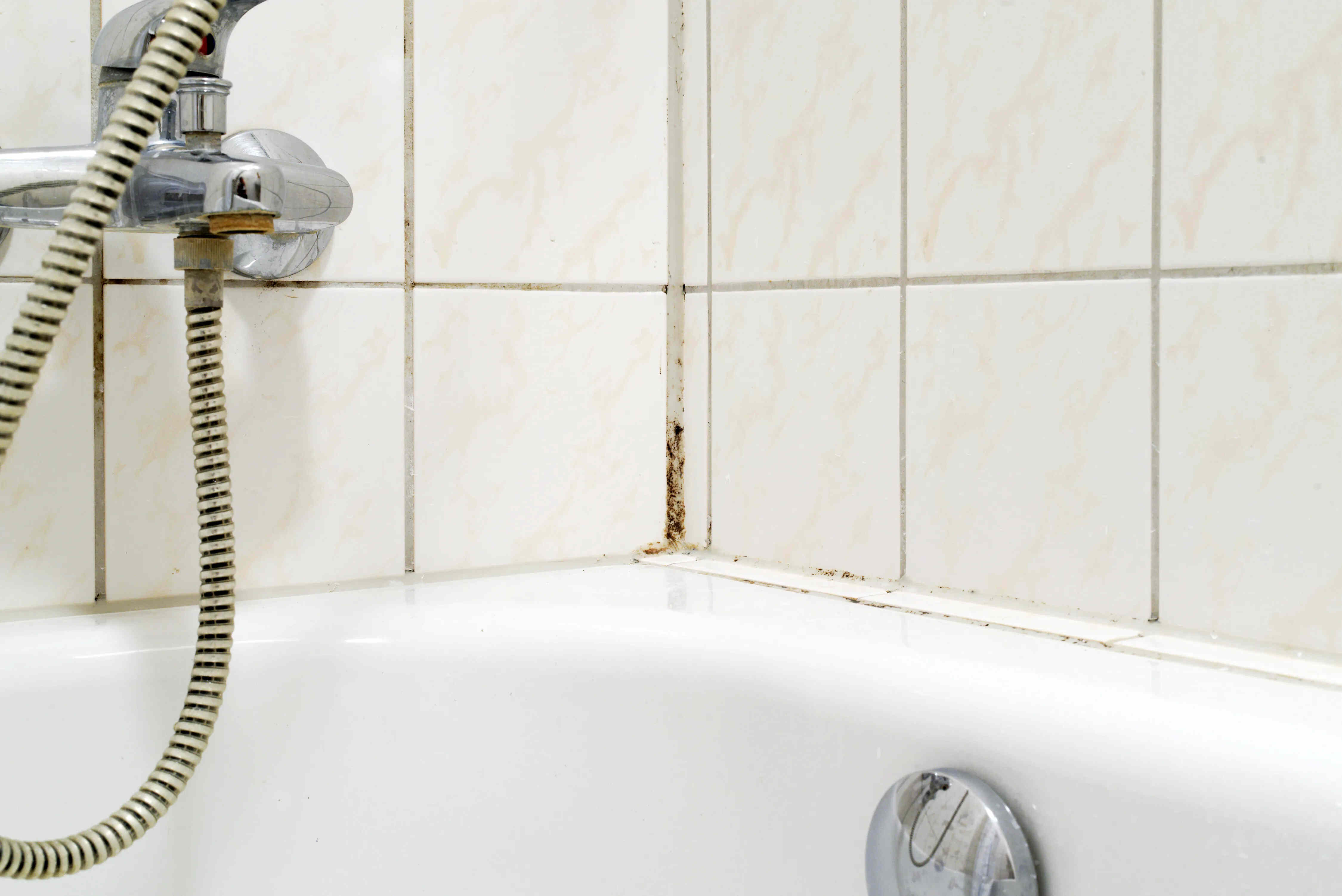
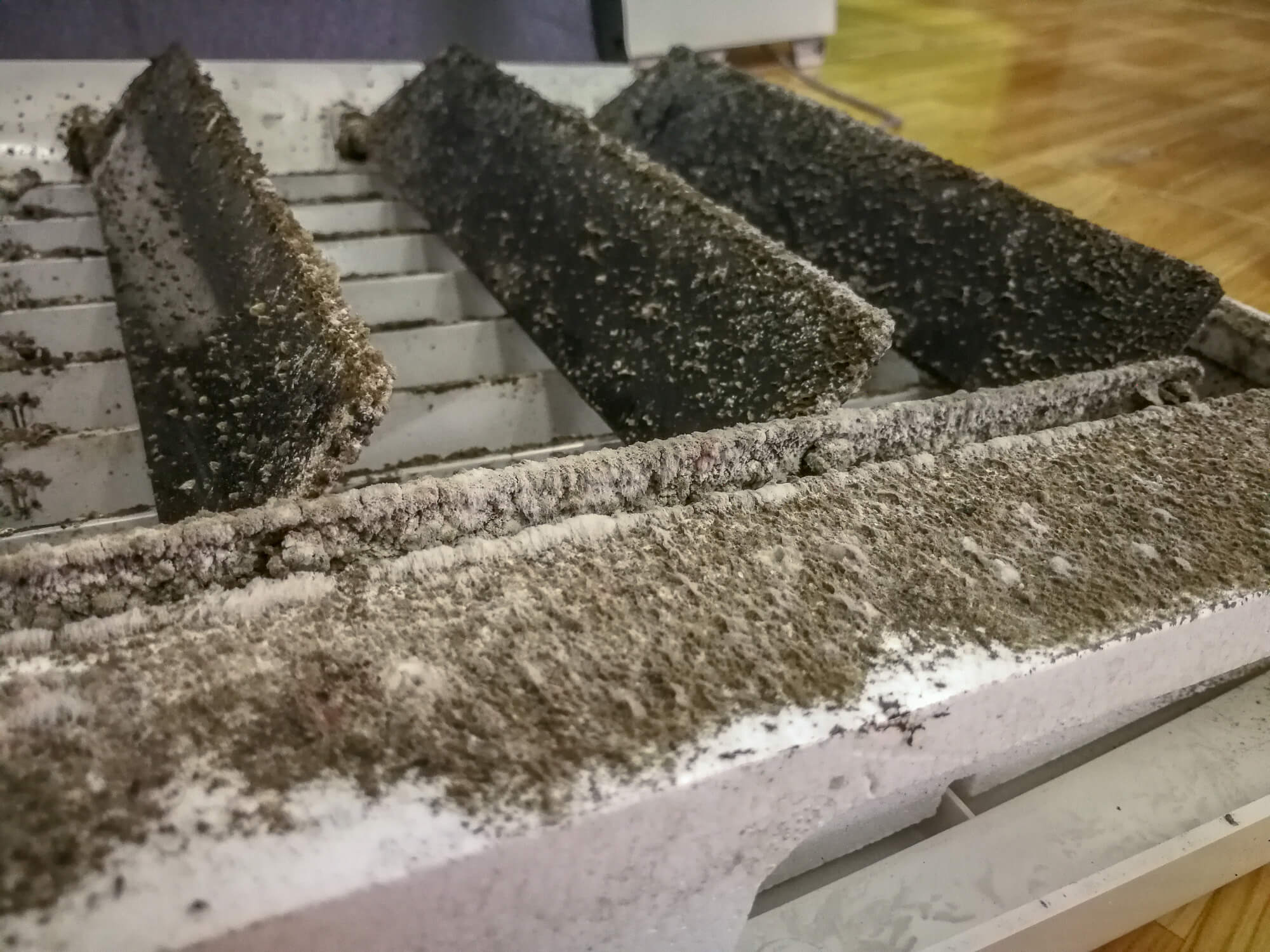
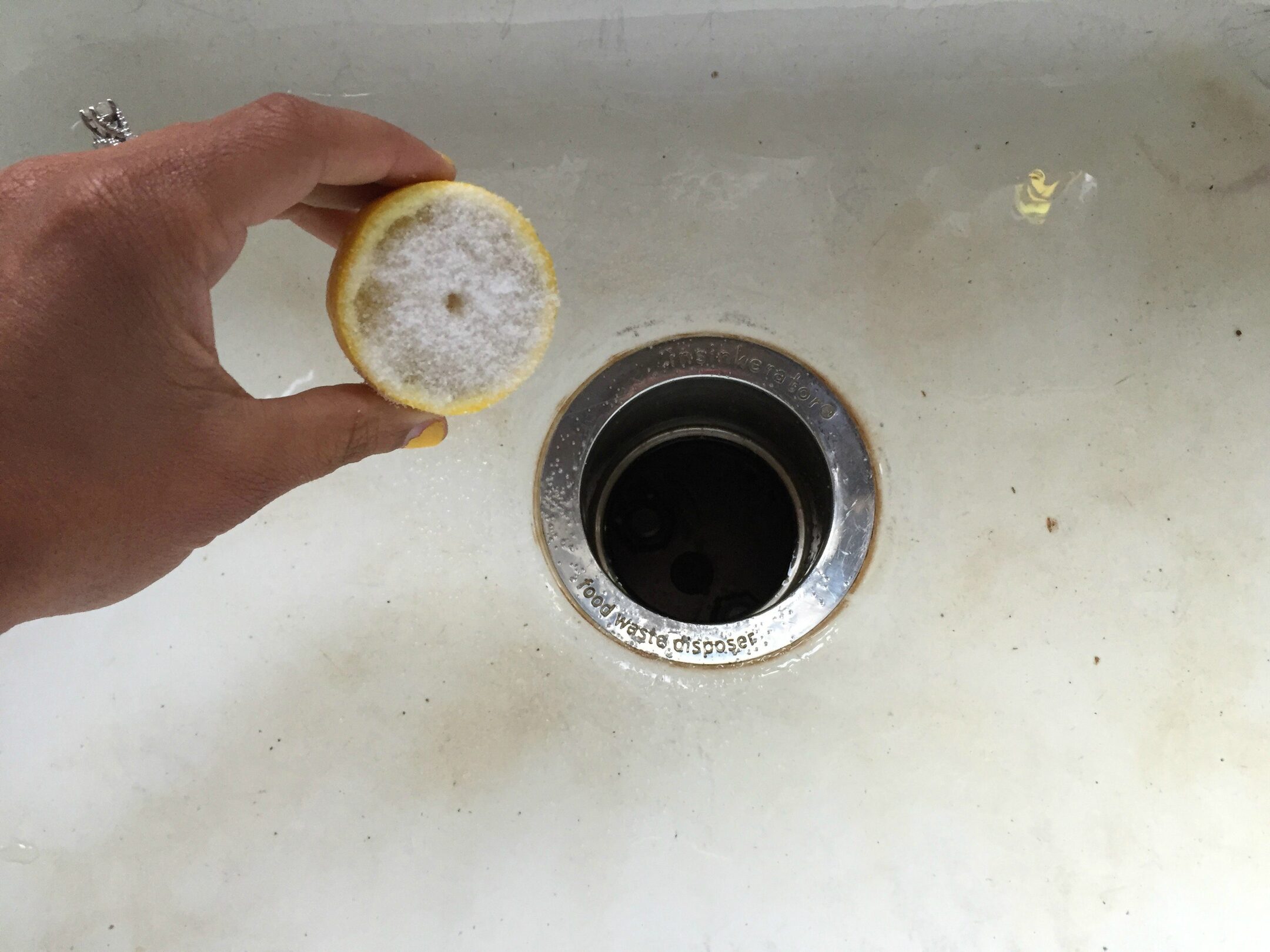
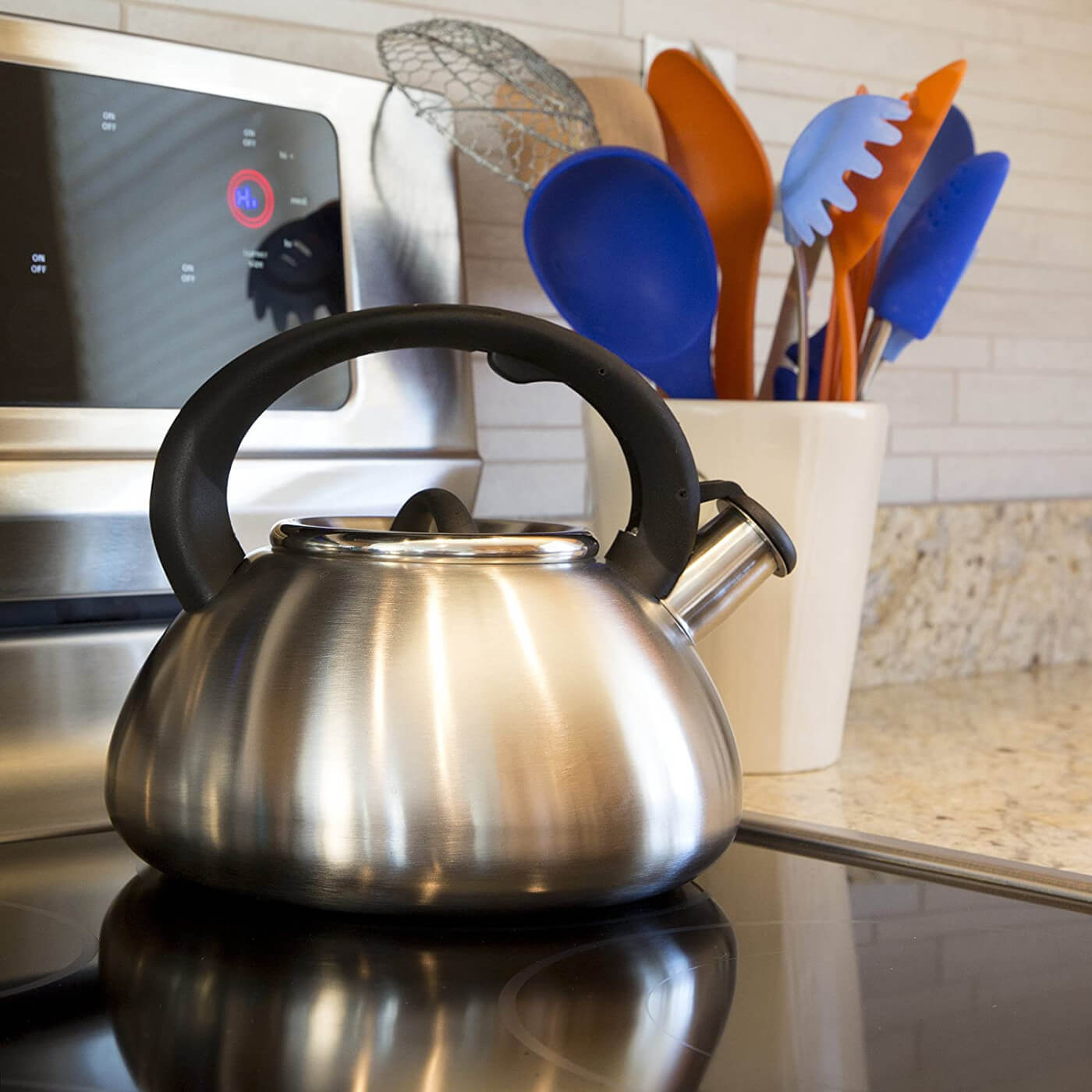
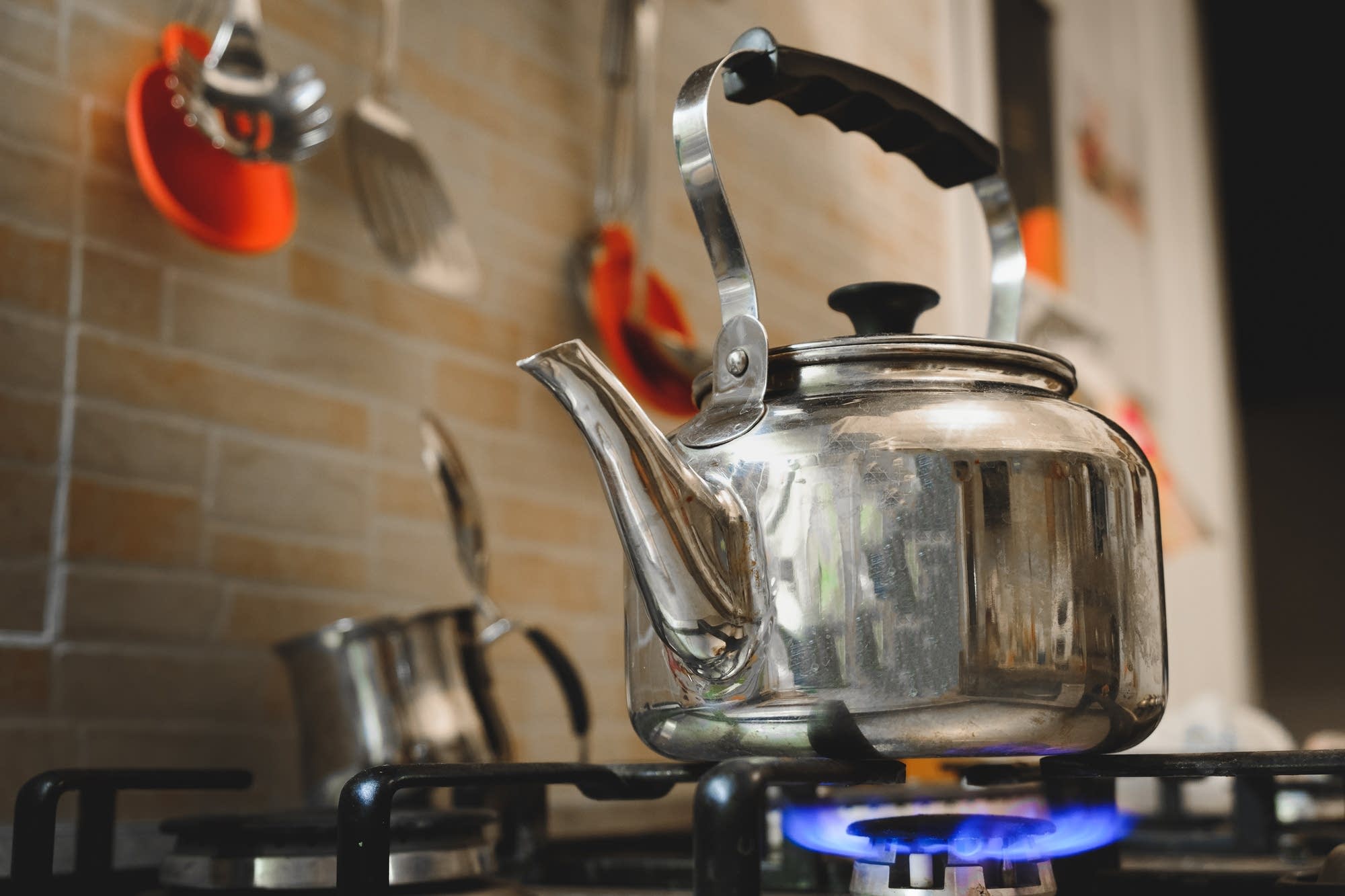
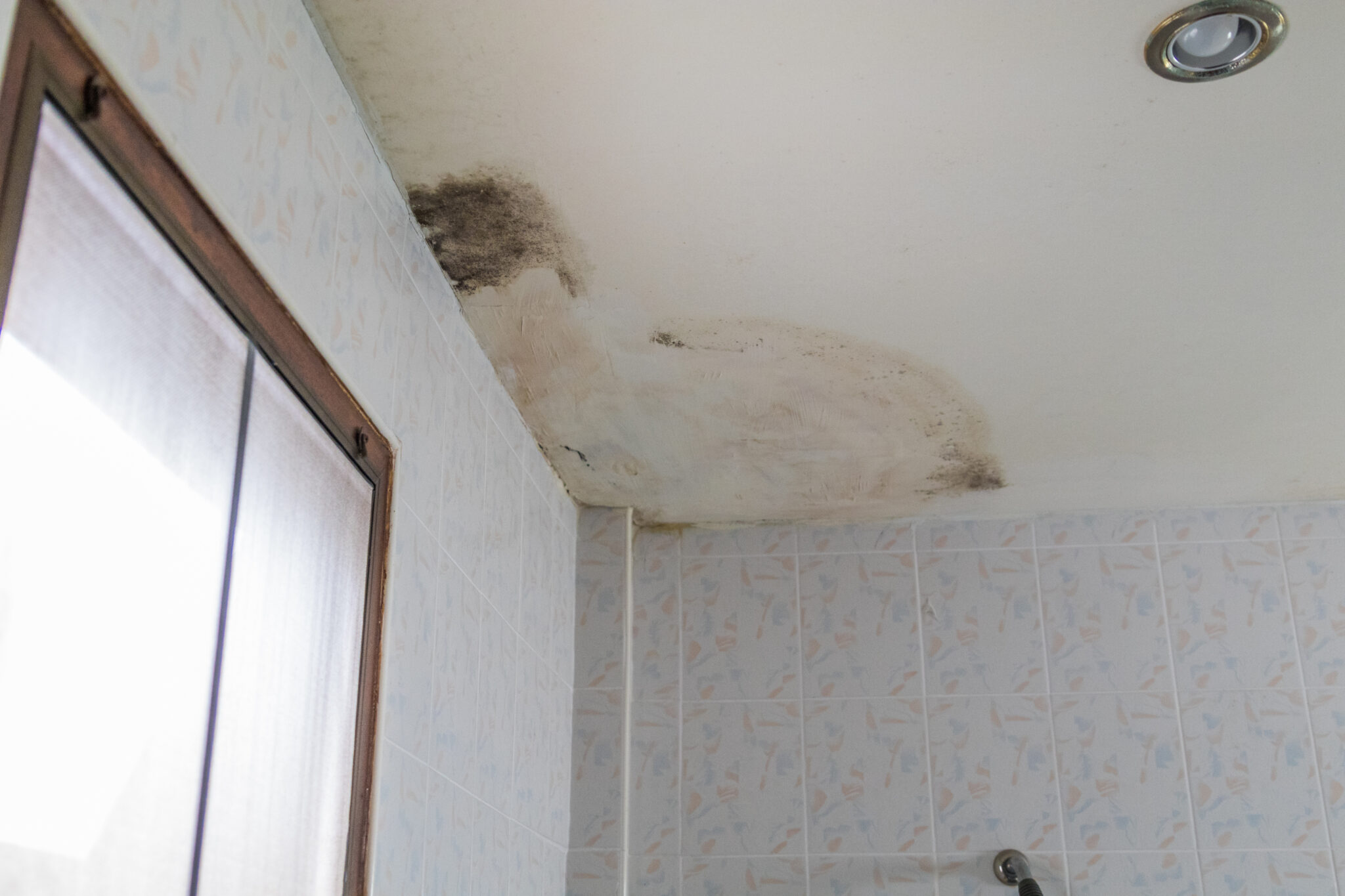
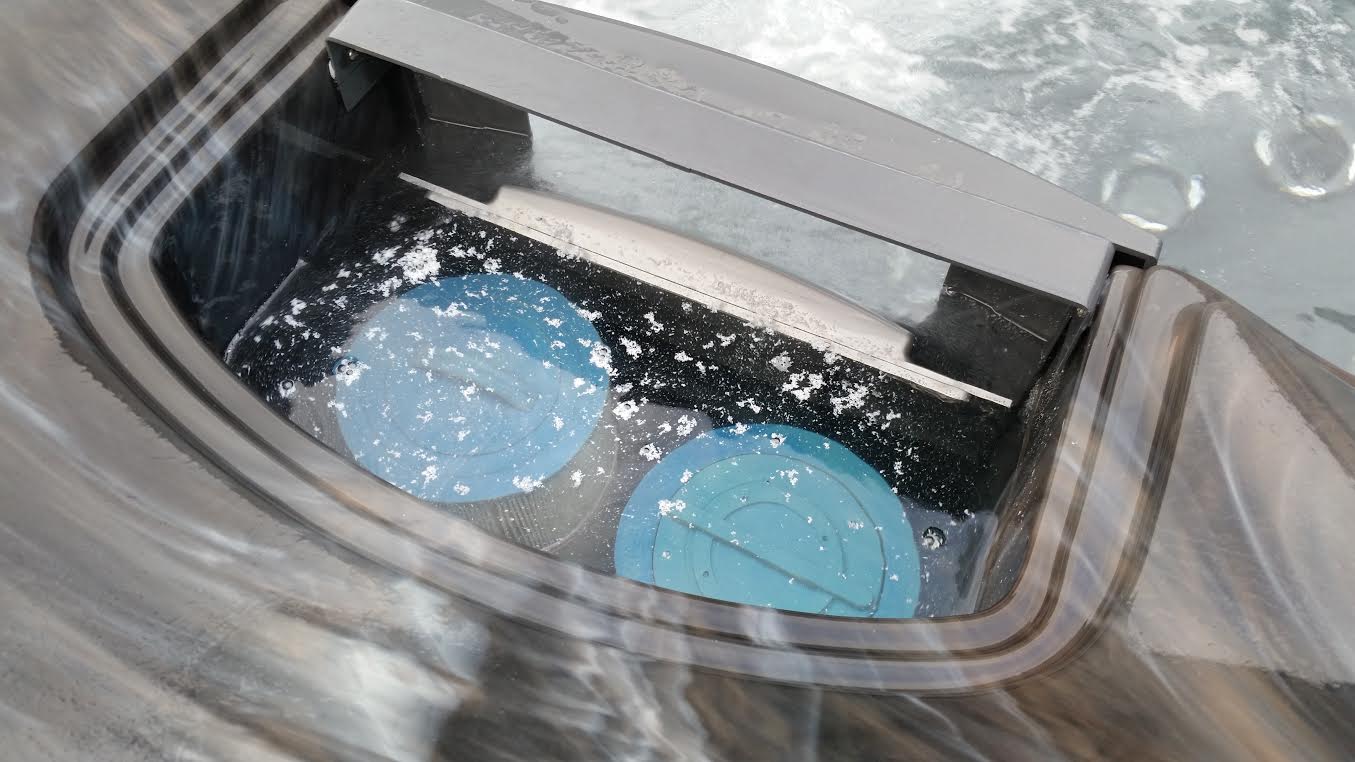
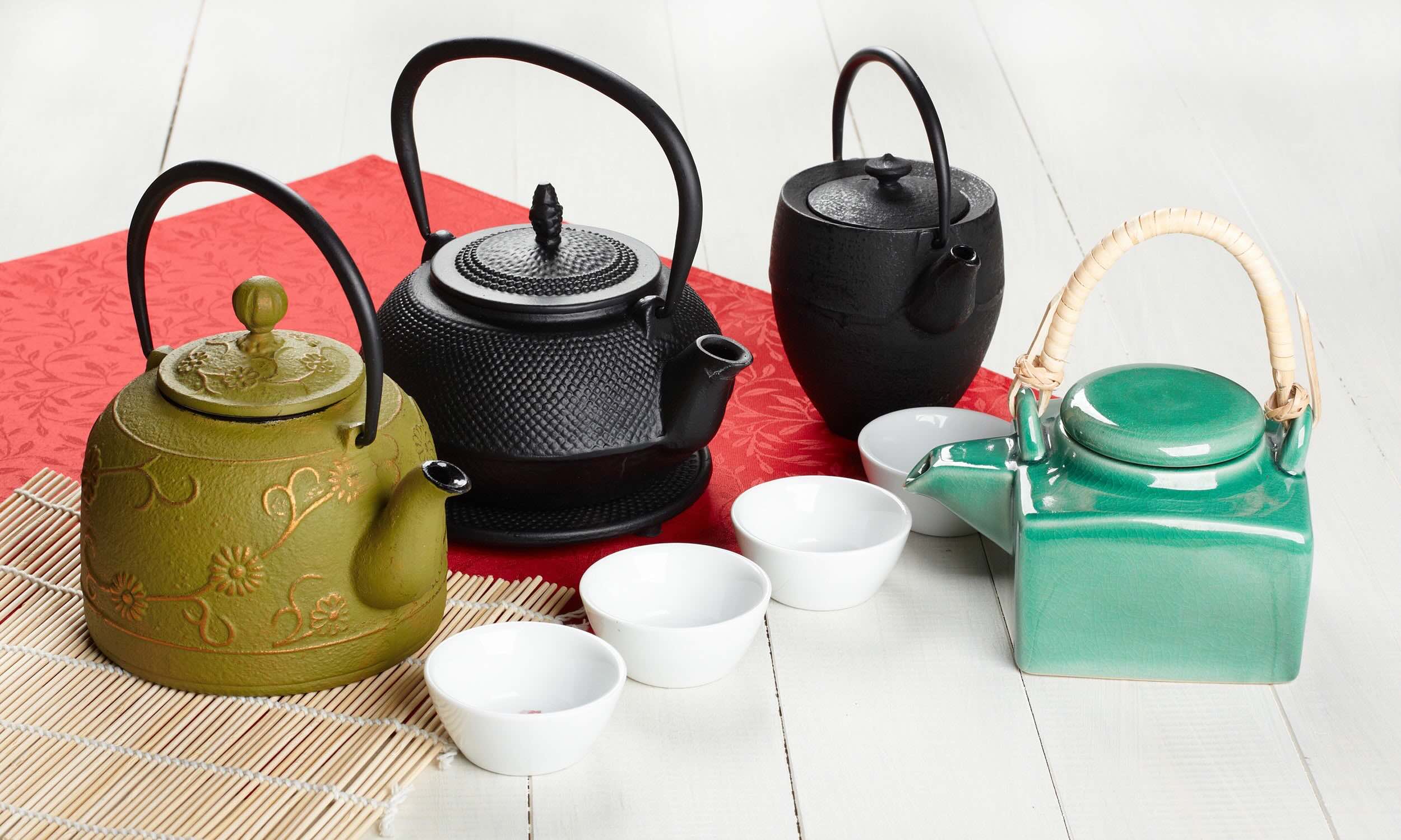
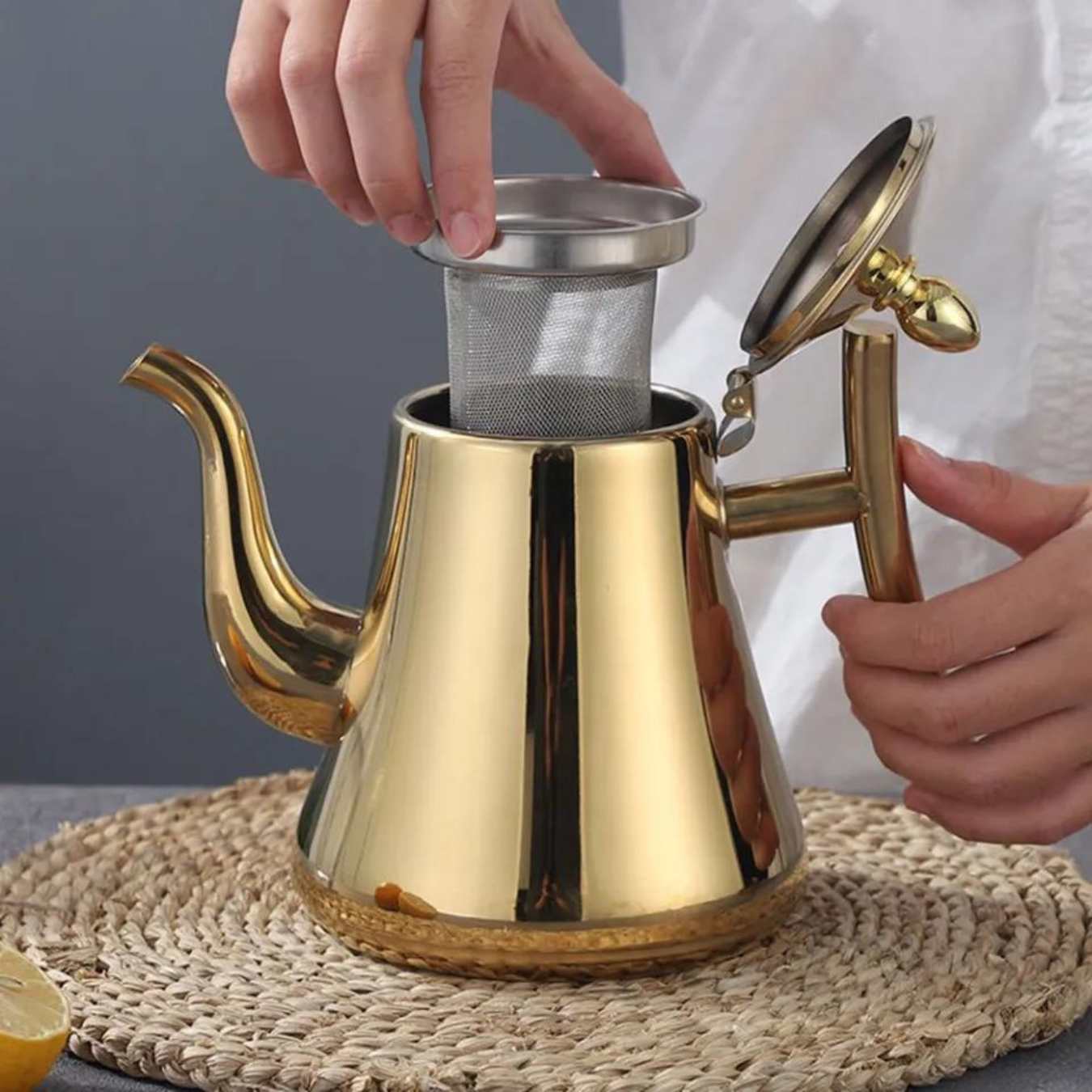
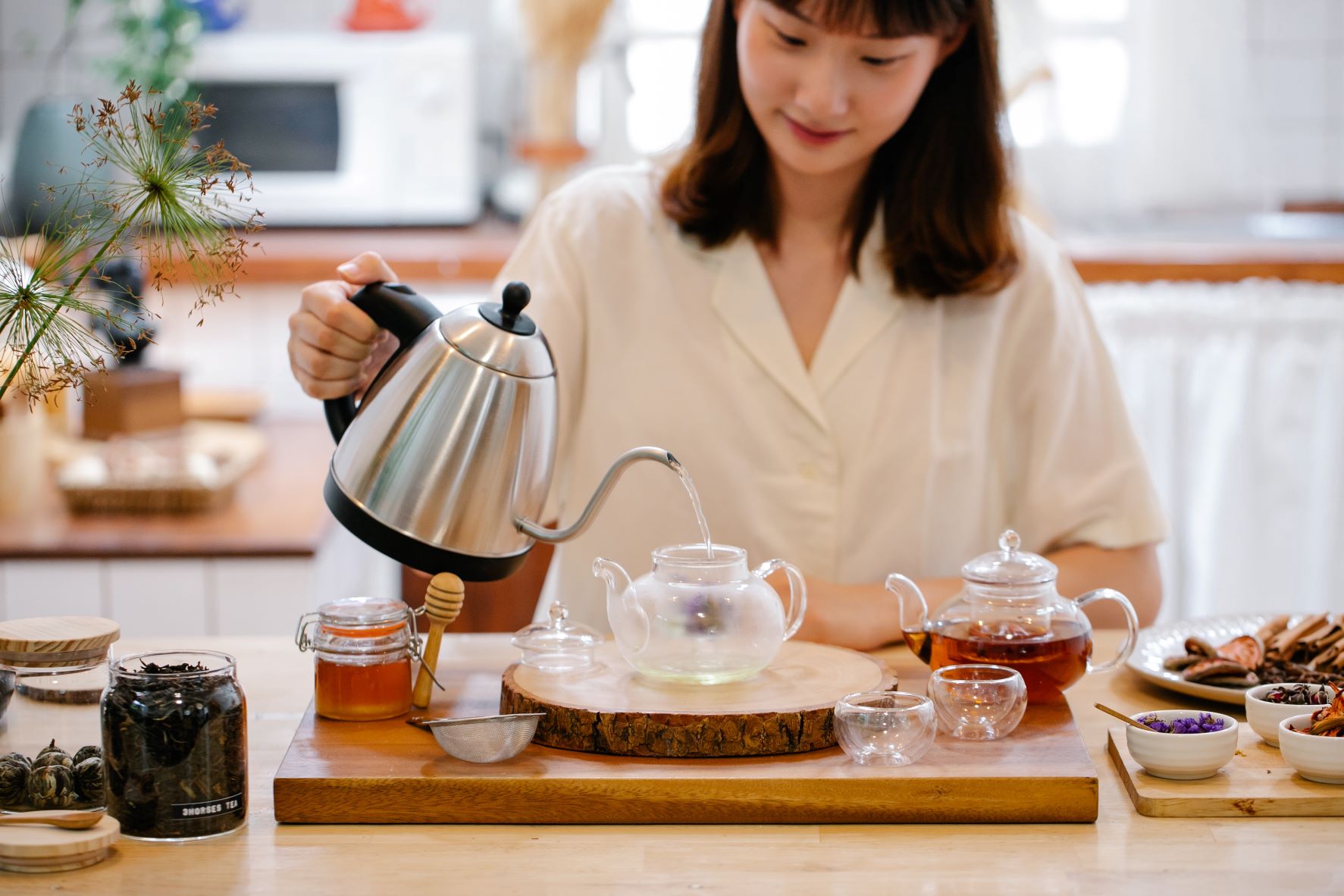
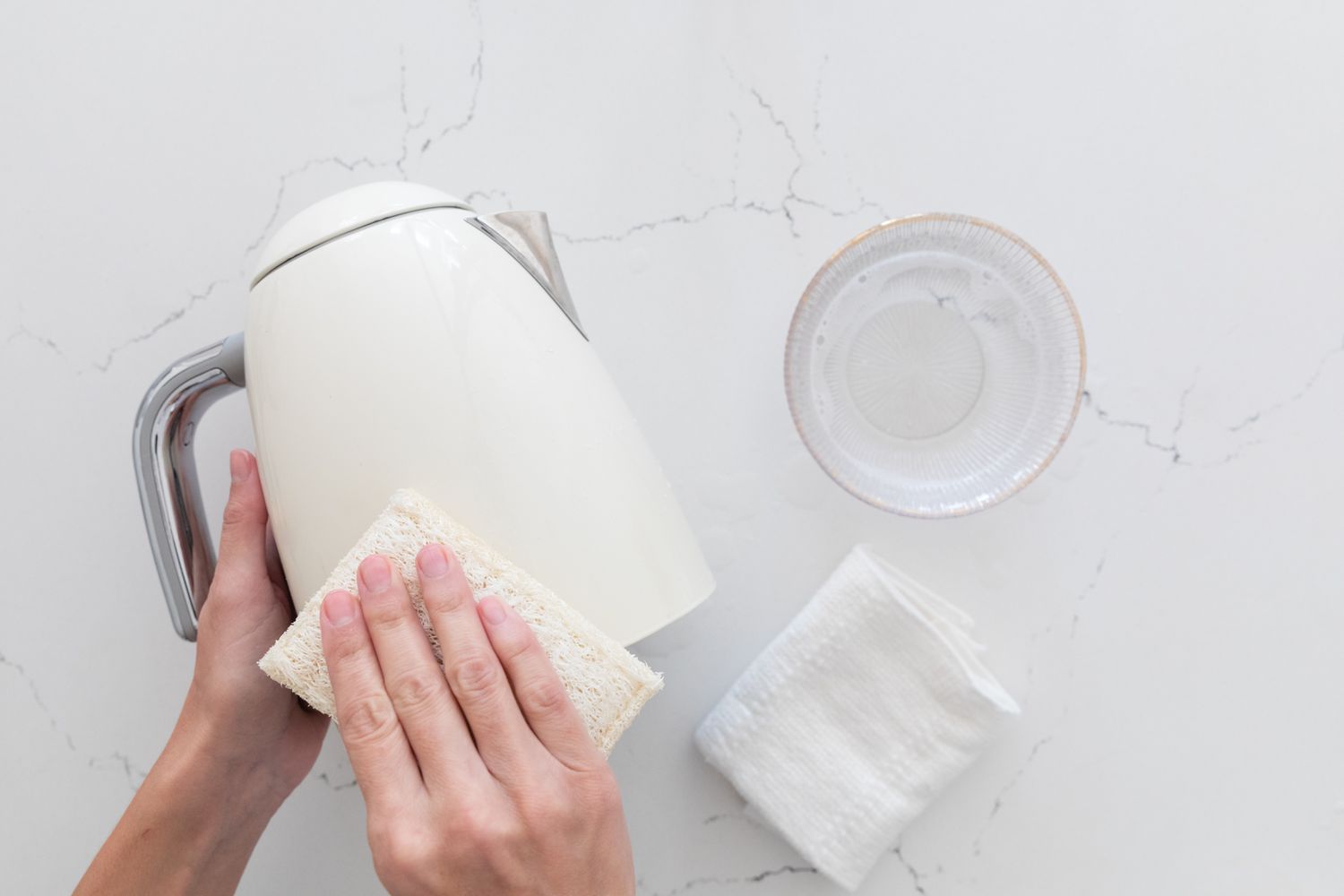

0 thoughts on “How To Get Rid Of Mold In Tea Kettle”